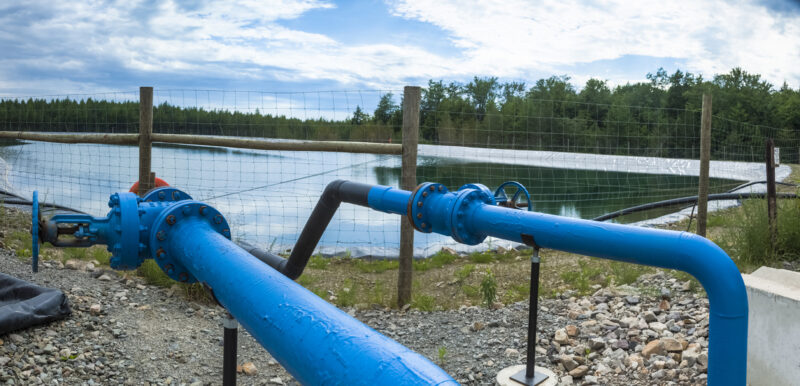The National Institute for Occupational Safety and Health (NIOSH) has brought attention to potentially hazardous conditions during flowback operations where workers have been exposed, injured and killed. Researchers from NIOSH published a study in the Journal of Occupational and Environmental Hygiene (published online: August 31, 2014) titled: Evaluation of Some Potential Chemical Exposure Risks During Flowback Operations in Unconventional Oil and Gas Extraction: Preliminary Results. The objective of this study was to understand possible risks for chemical exposures in modern oil and gas extraction operations.
Chemical exposure during such activities on well sites are suspected in at least four deaths since 2010 in the Williston basin. Often these workers were involved in flowback gauging or transfer operations and working alone when the fatal exposures occurred. According to NIOSH, there is an additional risk of excessive exposures occurring that do not have an immediate effect but over time can lead to chronic diseases.
Gauging involves opening hatches on top of fluid storage equipment and manually inserting a gauge stick or tape and reading the indicated level. This activity places the worker directly over the source of vapors inside the tank.
According to NIOSH, some precautions and alterations in the procedures can reduce the risk to workers. Some of those recommendations include the following:
•Devise alternate means of gauging liquids in tanks so that workers can avoid being exposed to chemicals when manually assessing levels.
•Institute training programs where workers involved in flowback operations understand the hazards and follow safety procedures.
•Monitor workers’ exposure to dangerous gases and understand safe levels.
•Make sure flowback gauging is not performed by a lone worker.
•Outfit workers with appropriate respiratory protective equipment.
•Create and implement emergency procedures to make sure exposed workers get the care they need as quickly as possible.
Flowback operations safety is likely to be a topic of focus in the coming year as companies seek to reduce the associated health risks.
What is flowback? Find out here: http://energy.wilkes.edu/pages/205.asp




